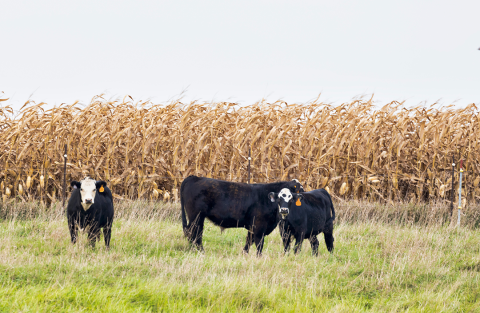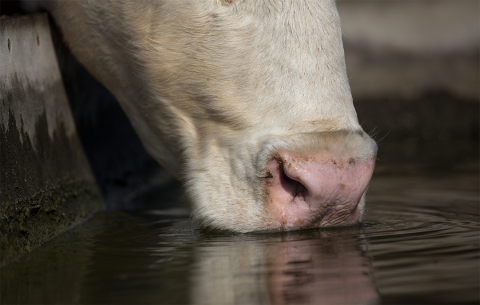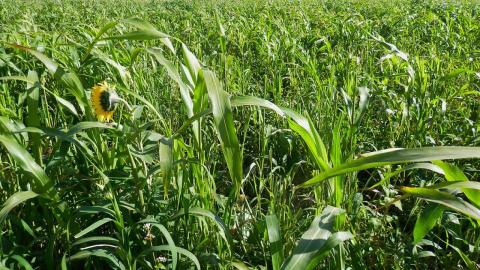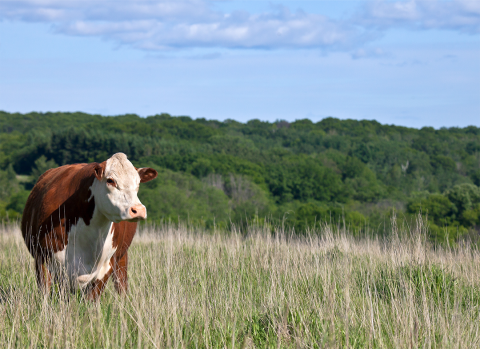2023 Farm Production Expenditures Down 1%
August 15, 2024
Livestock expenses increased 11% in 2023 and accounted for 27% of Nebraska's total production expenditures.

New Focus for September Nebraska Soil Health School
August 7, 2024
The next soil health school will focus on integrated crop and livestock system goals and objectives that might affect soil health management. Attendance is free, and certified crop advisor CEUs will also be offered.
Pasture and Forage Minute: Heat Effects on Alfalfa, Stock Tank Algae Control
August 5, 2024
Extension educators outline options for mitigating weeds in summer annual grasses and algae growth in stock tanks, as well as challenges that summer heat may create for alfalfa plants and harvest.
Nebraska Researchers Contribute to Study on Cover Crops in Livestock Operations
July 11, 2024
The research team's work underscores the potential for significant expansion in the use of cover crops, particularly in areas where integration with livestock is feasible.
Pasture and Forage Minute: Forage, Insect and Water Quality Issues for Grazing Livestock
July 9, 2024
Extension educators review common issues for producers to bear in mind as livestock graze throughout the summer, including prussic acid, horn flies and face flies, and water contamination.
Staying Current on Forage Prices
June 18, 2024
There are several resources that Nebraska producers can use to stay up to date on current hay prices. Use these sites to stay informed throughout the forage production season.
Measuring Up: Annual Forage vs. Row Crop
May 10, 2024
This webinar highlights the economics and production benefits of incorporating annual forage systems into crop rotations for producers interested in diversifying their operation.
Pasture and Forage Minute: Annual Forage Webinar Series, Improving Alfalfa Stands
April 17, 2024
Extension educators introduce a new webinar series for producers interested in adding an annual forage rotation to their operation, plus insights on grazing spring cereal grains and options for thin alfalfa stands.






